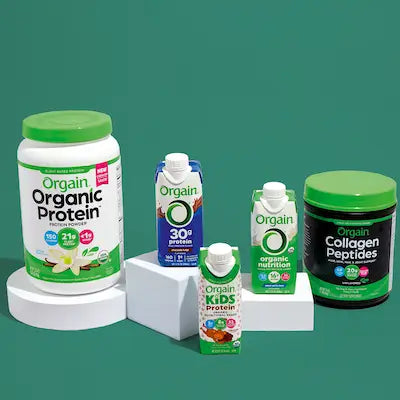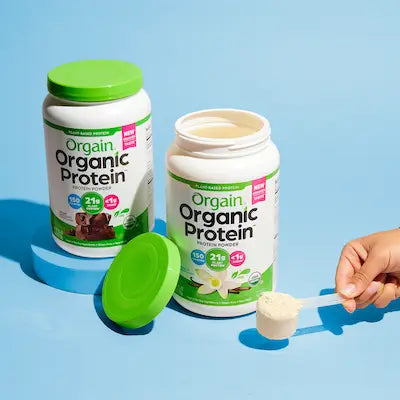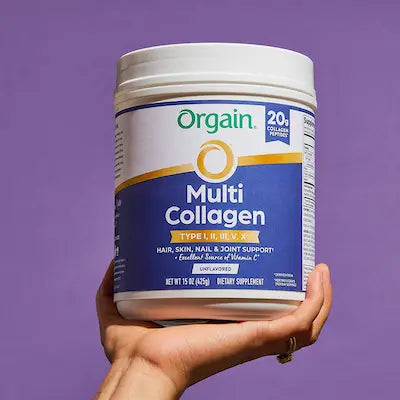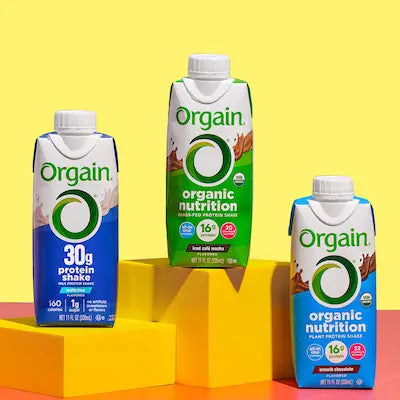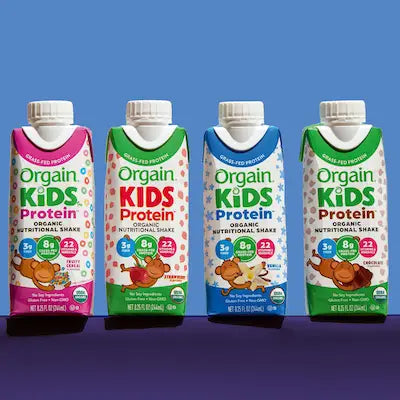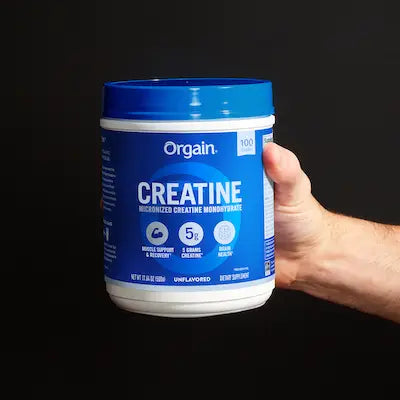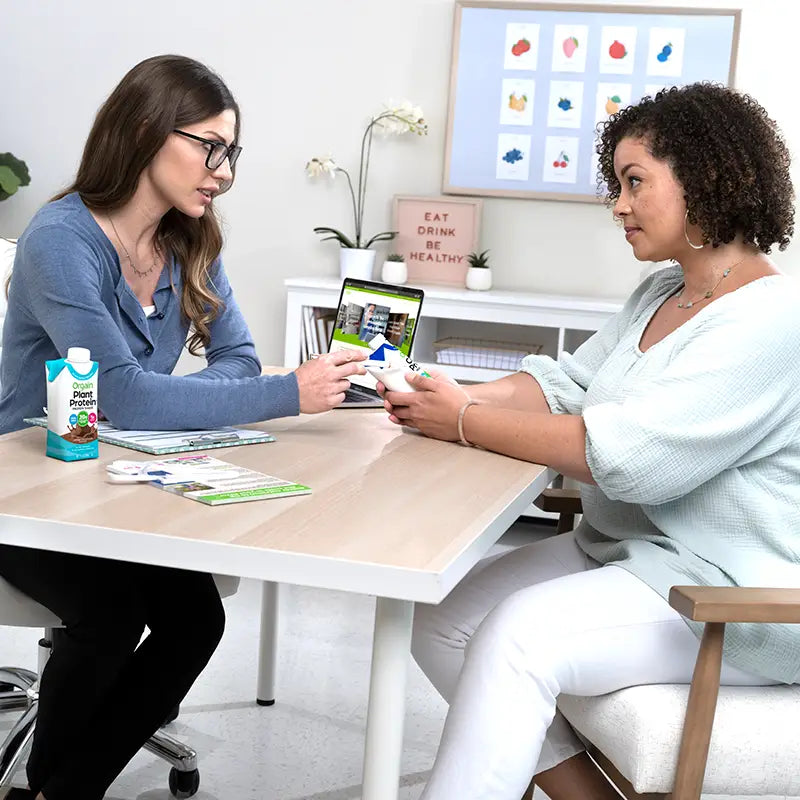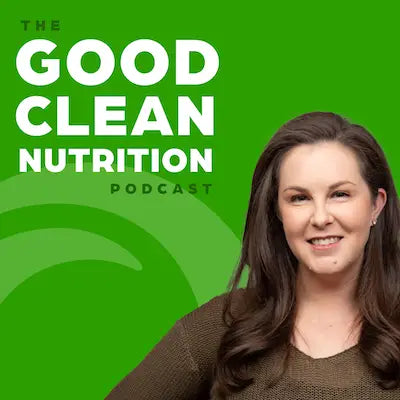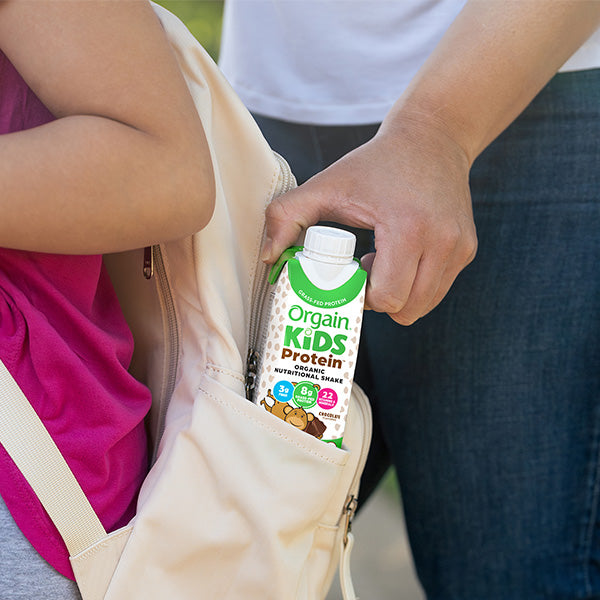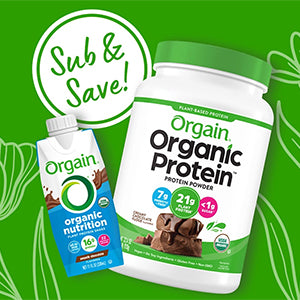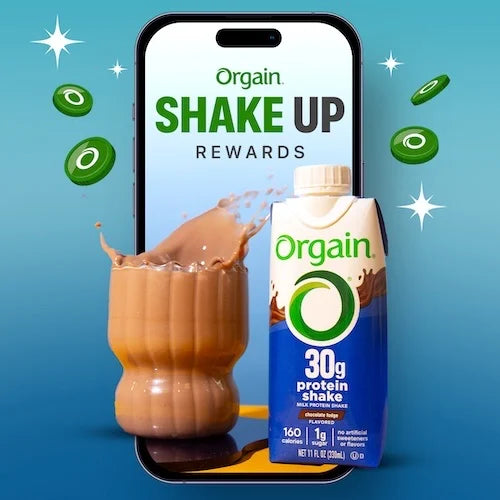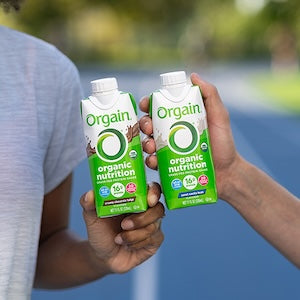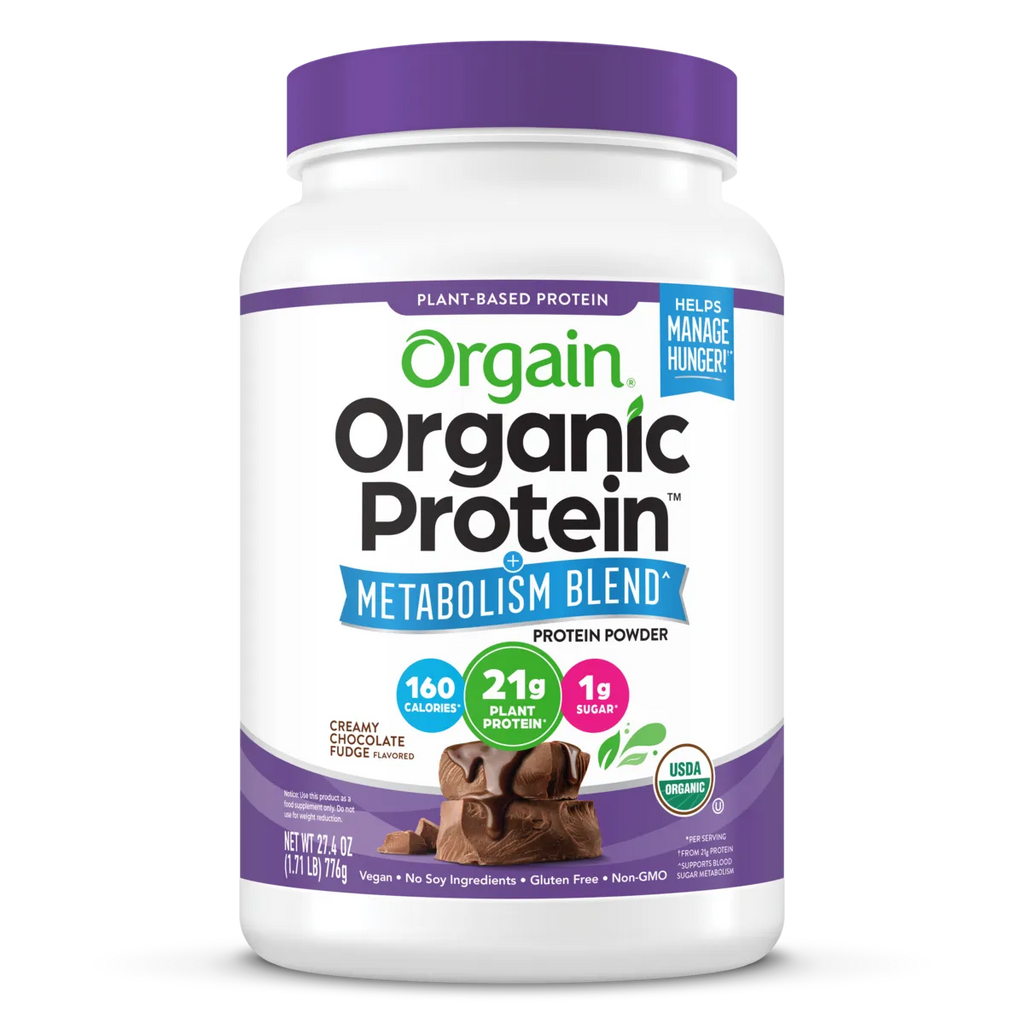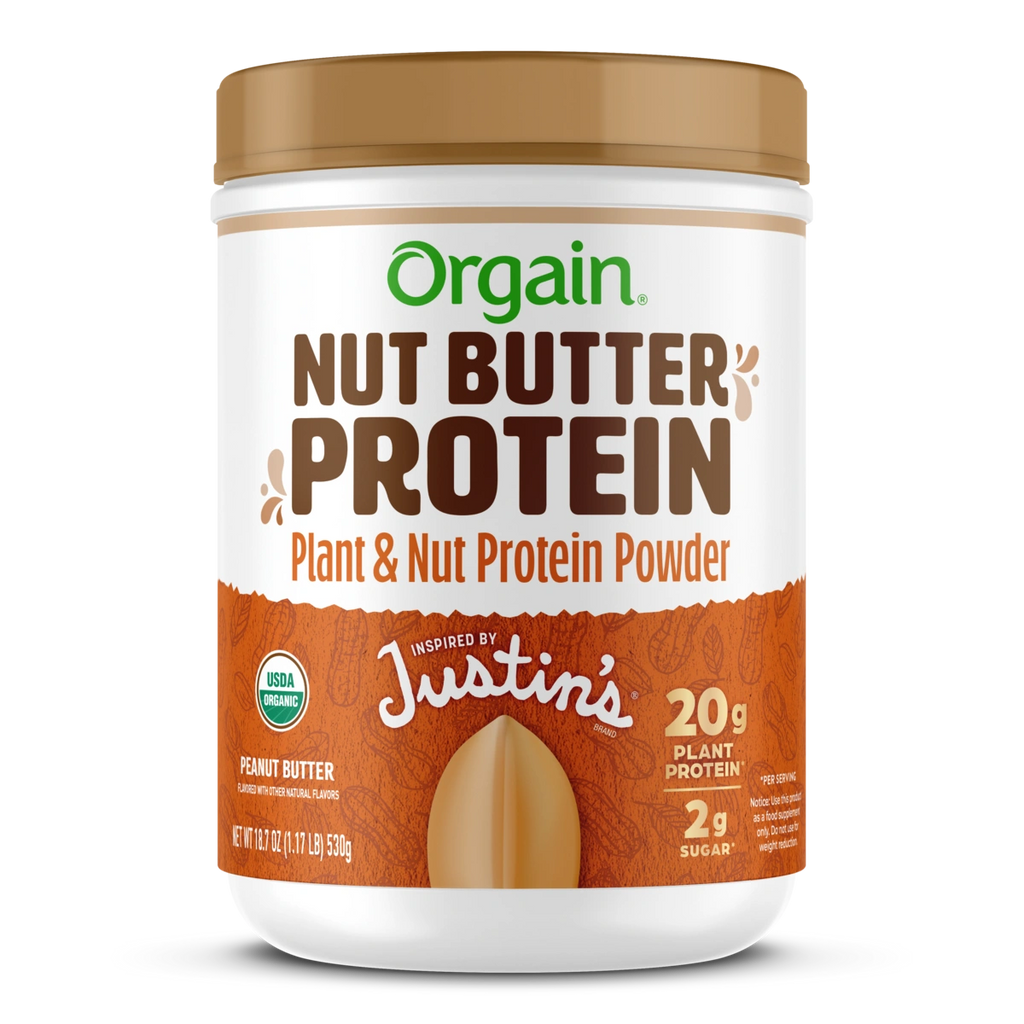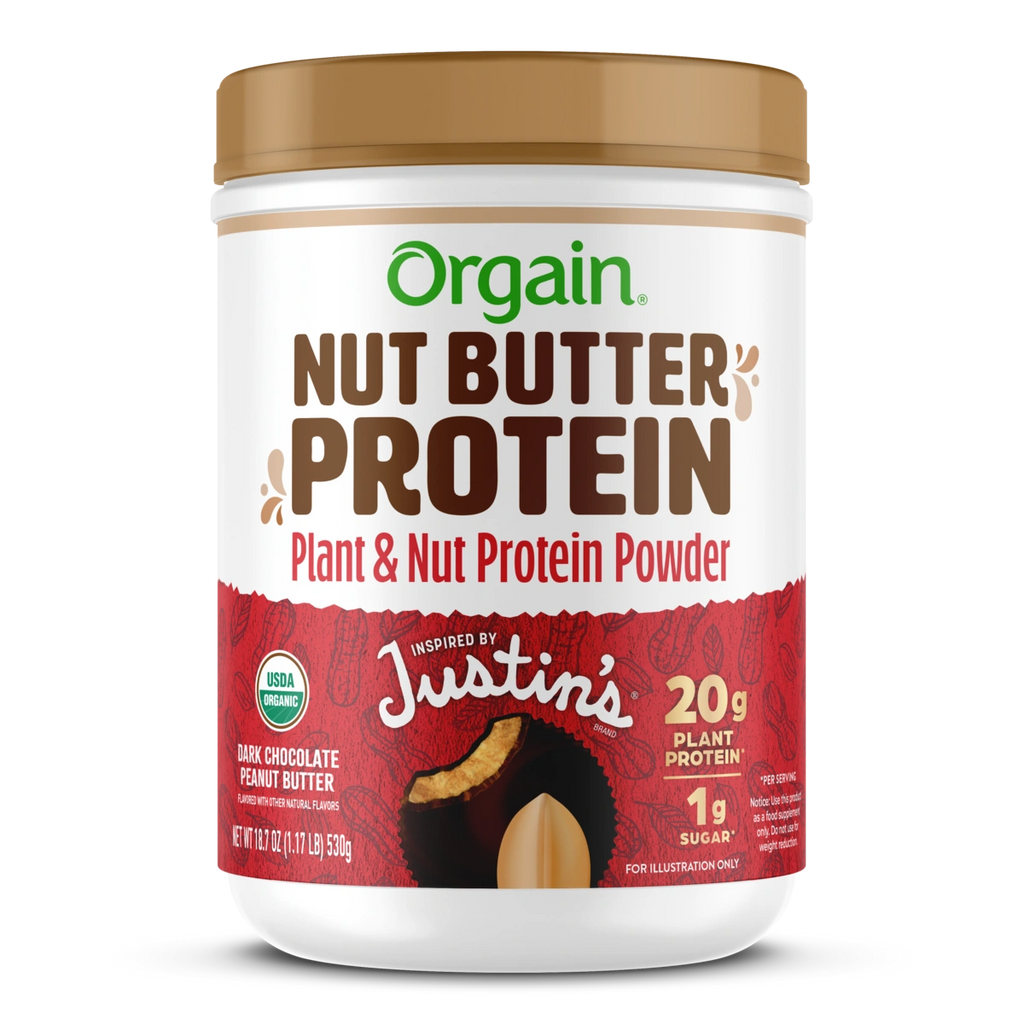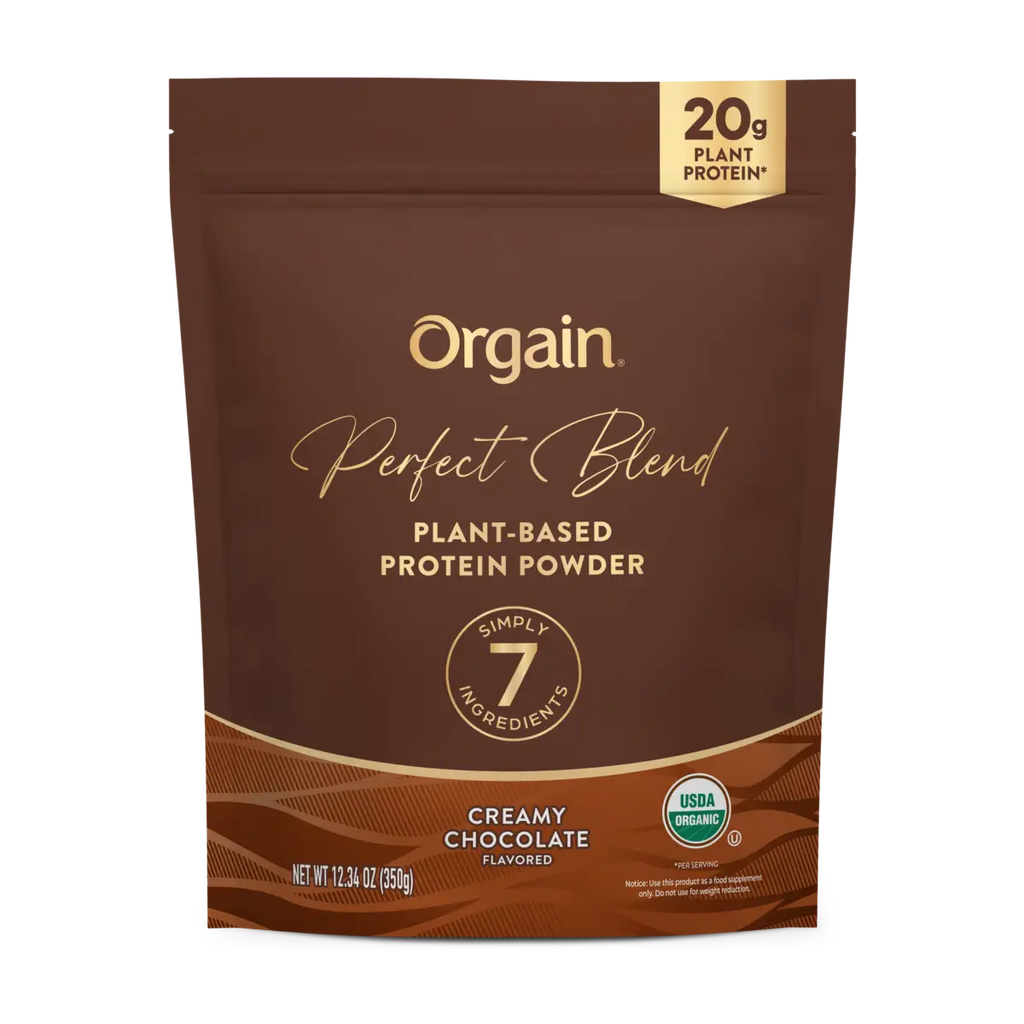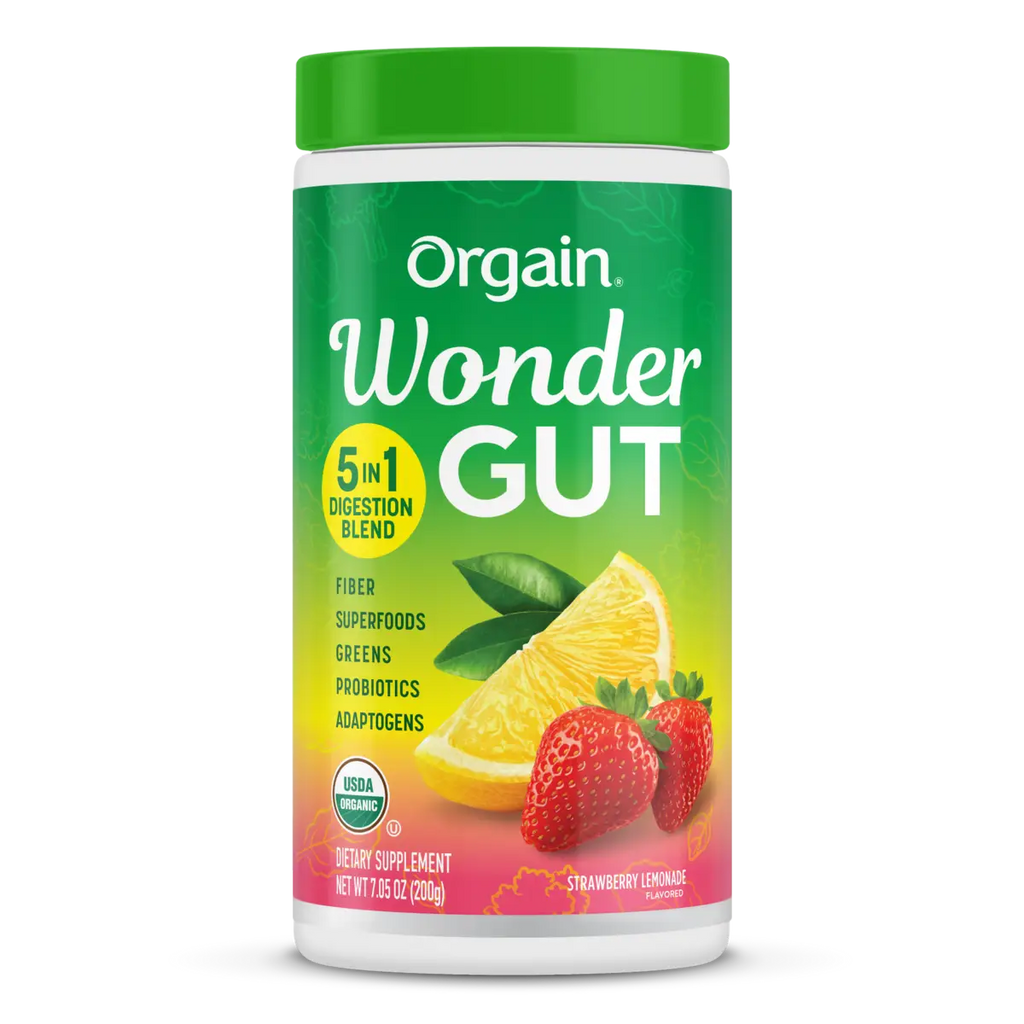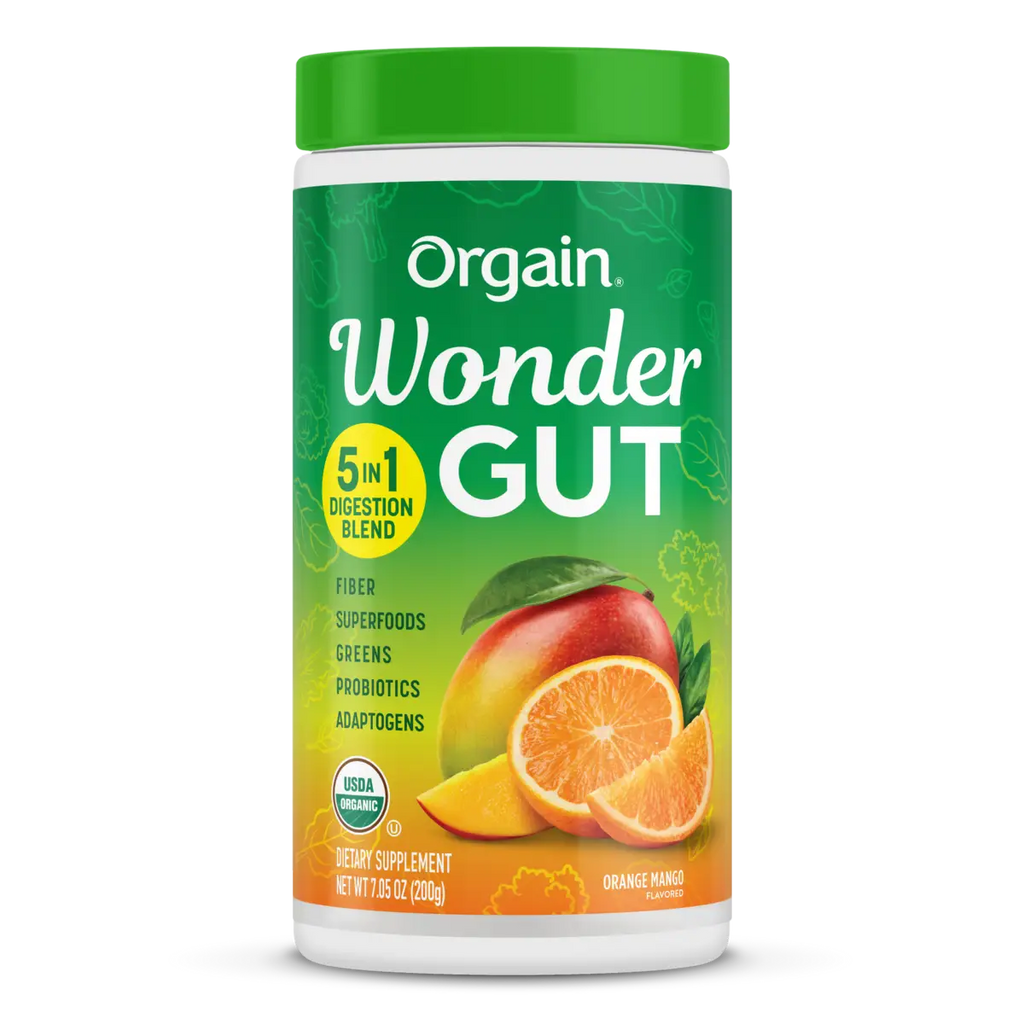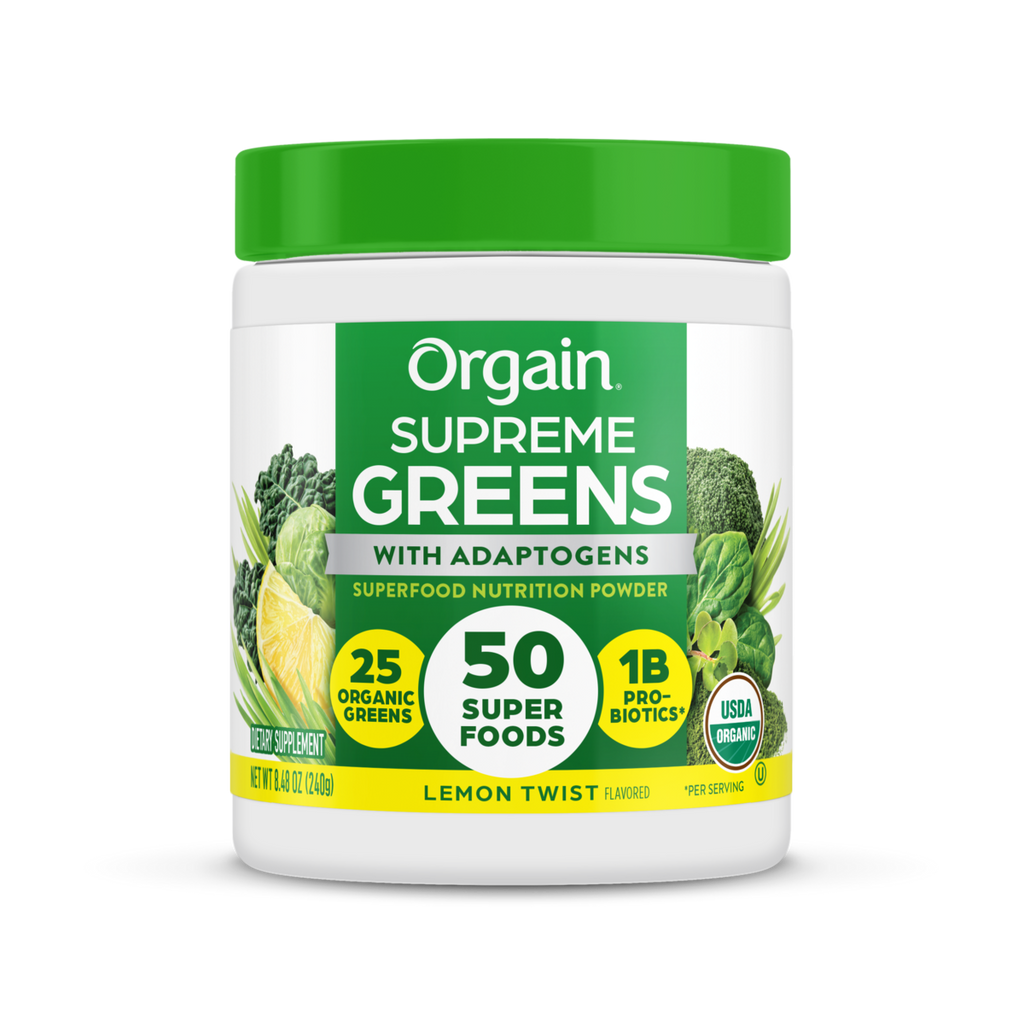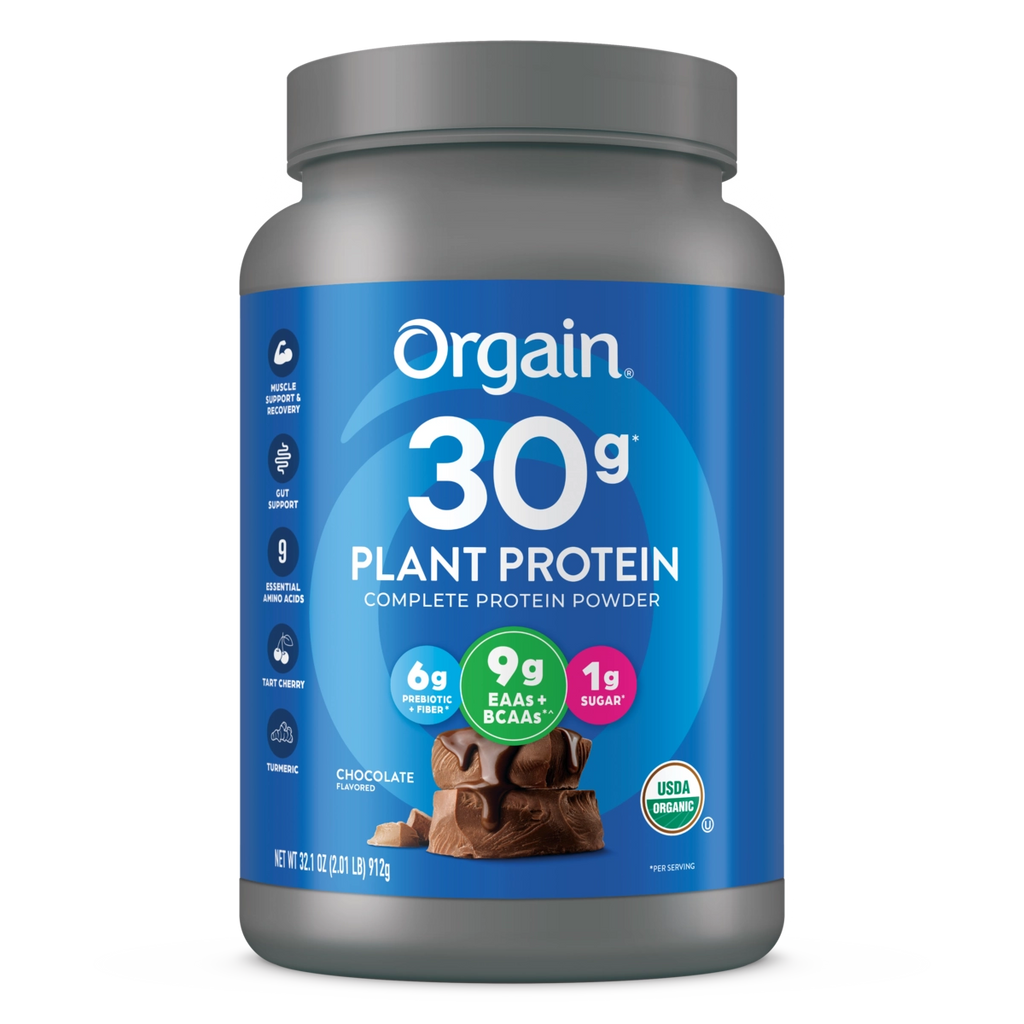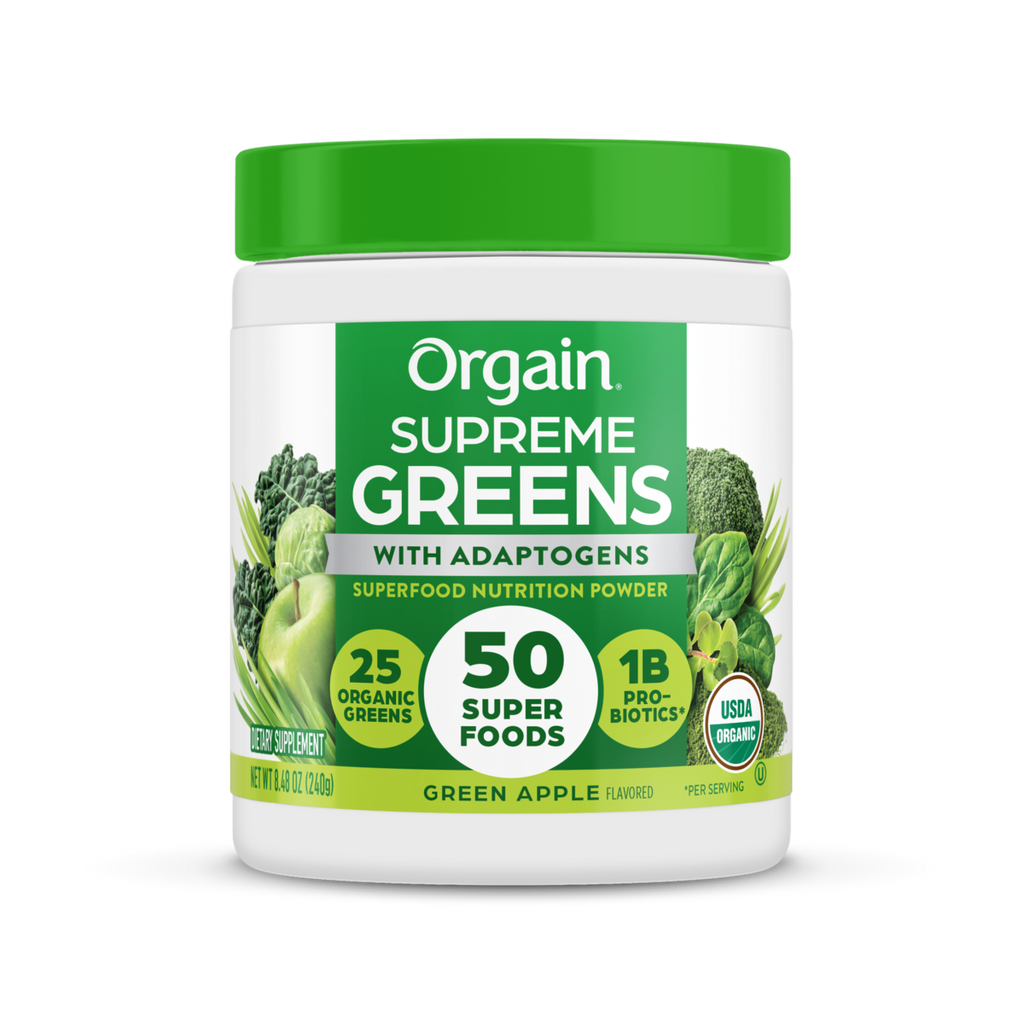- Drink water! See? Told ya these were easy! Drinking water (eating water-dense food counts too!) is key for pretty much all of your body’s systems, but it’s especially great for jump starting a sluggish metabolism and resting metabolism. How much should you be drinking? That varies between people, but as a general rule, take your body weight and cut that in half. That’s the number of ounces of water you should consume daily. And did you know that people often mistake thirst for hunger? The signals to your brain that your body sends when hungry are VERY similar to its signals for thirst. The next time you feel hungry, try having a glass of water while deciding what to eat. Ramp up water’s benefits by adding a bit of lemon, per Healthy Grocery Girl's tips.
- Check your protein intake. How much protein have you had today and when? Chances are that you don’t necessarily need more protein, just better, more consistent protein consumption habits. We generally eat little to no protein in the morning, a little more in the afternoon and the majority of our protein in the evening, which is largely wasted because our bodies can only use so much at one time. However, protein in the morning will help keep you fuller for longer, and nourish your protein-hungry body that was working to replenish itself while you slept. If the morning rush makes it difficult to get that initial protein serving, try one of our ready-to-drink Organic Protein Shakes or a quick smoothie made with Organic Protein Powder. Read more about the Power of Protein in our blog post by Sierra Nielsen.
- Plan your next meal to include the rainbow. "Eat the Rainbow” isn’t a new idea, but it’s a fun and simple one! Plan your next meal to include at least three colors of the rainbow. Why? Let’s face it; we’re a visual society. Other than preparing more Instagram/Pinterest-worthy meals, eating the rainbow is one way to ensure a variety of different phytonutrients that come specifically from these colors. Red produce, for example, contains Lycopene, Ellagic Acid, Quercetin and Hesperidin. Orange and Yellow produce are packed with Alpha-carotene, Betacarotene, Beta Cryptoxanthin and Lutein. In your Greens, you can expect to find Lutein, Isoflavones, EGCG, Indoles and Sulphoraphane. Blue and Purple produce is great for Resveratrol, Anthocyanidins, Phenolics and Flavonoids. Need a little help getting started? Make yourself a drink with Orgain Organic Superfoods Powder.
-
Save this Turmeric Latte recipe. If you don’t already incorporate Turmeric into your diet, you may want to start! This golden spice is widely touted for its anti-inflammatory and antioxidant properties. A little goes a long way without overpowering food, (except in color!) so it’s easy to sprinkle a little into your favorite dishes without changing the flavor. Try this easy Golden Almond Latte recipe from our friend Kristina Jackson.
-
Learn the Dirty Dozen and Clean 15. Each year, the Environmental Working Group puts together shopping lists to help consumers make informed choices when shopping organic. The Dirty Dozen is a list of twelve fruits and veggies that are more susceptible to pesticides (try to buy organic when possible if purchasing these items), while the Clean 15 features fifteen fruits and veggies that are considerably less susceptible. Take a moment to learn these lists:
- strawberries
- spinach
- nectarines
- apples
- peaches
- pears
- cherries
- grapes
- celery
- tomatoes
- sweet bell peppers
- potatoes
- sweet corn
- avocados
- pineapples
- cabbage
- onions
- sweet peas frozen
- papayas
- asparagus
- mangos
- eggplant
- honeydew melon
- kiwi
- cantaloupe
- cauliflower
- grapefruit

